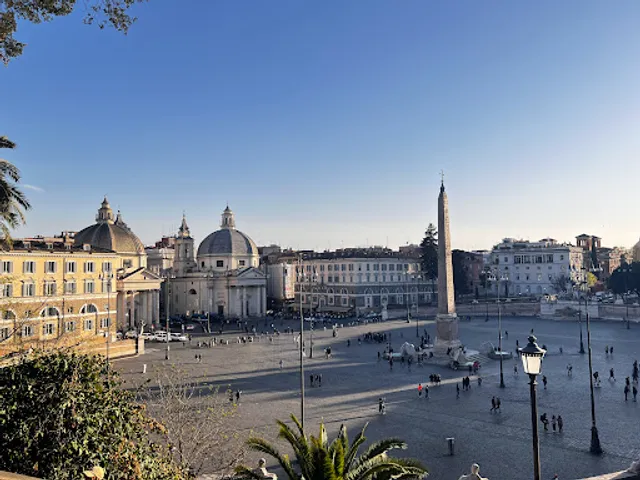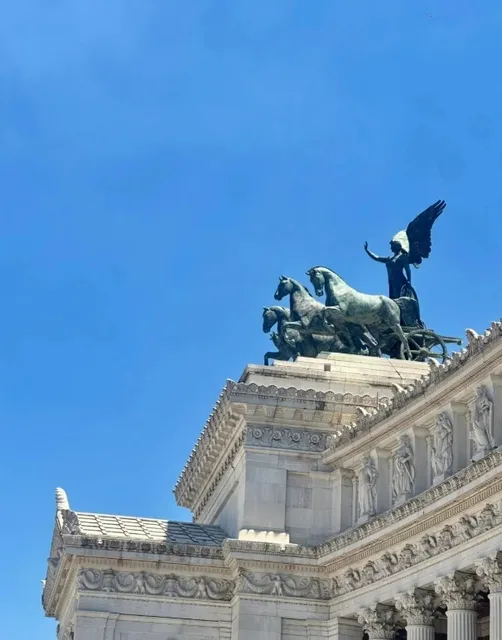Piazza del Popolo things to do, attractions, restaurants, events info and trip planning
Basic Info
Piazza del Popolo
Piazza del Popolo, 00187 Roma RM, Italy
4.7(39.1K)
Open 24 hours
Save
spot
spot
Ratings & Description
Info
Cultural
Scenic
Family friendly
Accessibility
attractions: Museo Leonardo da Vinci, Fontana dei Leoni, Santa Maria in Montesanto Basilica, Chiesa Santa Maria dei Miracoli, Terrazza del Pincio, Porta del Popolo, Passeggiata del Pincio, Cappella Chigi, Goethe House, Terrazza del Belvedere, restaurants: PizzaRé, Canova Piazza del Popolo, Rosati, Osteria del Tempo Perso Oca, Negresco Ristorante Pizzeria, Dal Pollarolo 1936, Dal Bolognese Roma, Brillo Restaurant, Pastasciutta, Il Margutta
 Learn more insights from Wanderboat AI.
Learn more insights from Wanderboat AI.Website
turismoroma.it
Plan your stay

Pet-friendly Hotels in Rome
Find a cozy hotel nearby and make it a full experience.

Affordable Hotels in Rome
Find a cozy hotel nearby and make it a full experience.

The Coolest Hotels You Haven't Heard Of (Yet)
Find a cozy hotel nearby and make it a full experience.

Trending Stays Worth the Hype in Rome
Find a cozy hotel nearby and make it a full experience.
Reviews
Nearby attractions of Piazza del Popolo
Museo Leonardo da Vinci
Fontana dei Leoni
Santa Maria in Montesanto Basilica
Chiesa Santa Maria dei Miracoli
Terrazza del Pincio
Porta del Popolo
Passeggiata del Pincio
Cappella Chigi
Goethe House
Terrazza del Belvedere
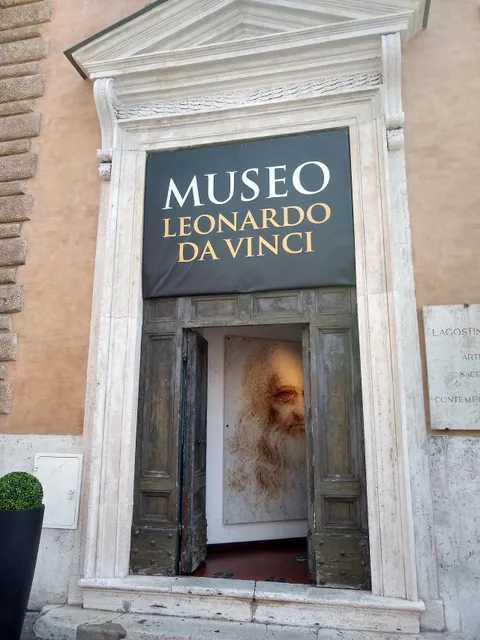
Museo Leonardo da Vinci
4.2
(1.1K)
Open 24 hours
Click for details

Fontana dei Leoni
4.7
(135)
Open until 12:00 AM
Click for details
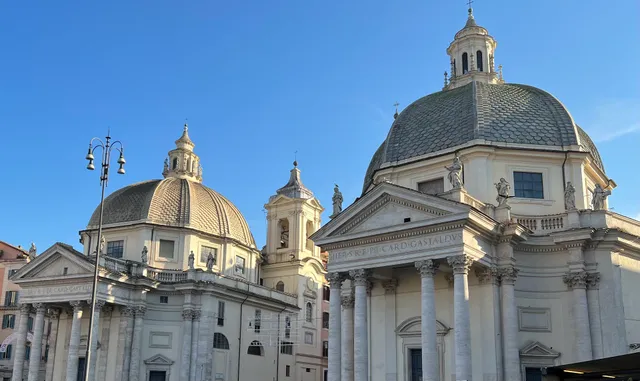
Santa Maria in Montesanto Basilica
4.7
(336)
Open 24 hours
Click for details
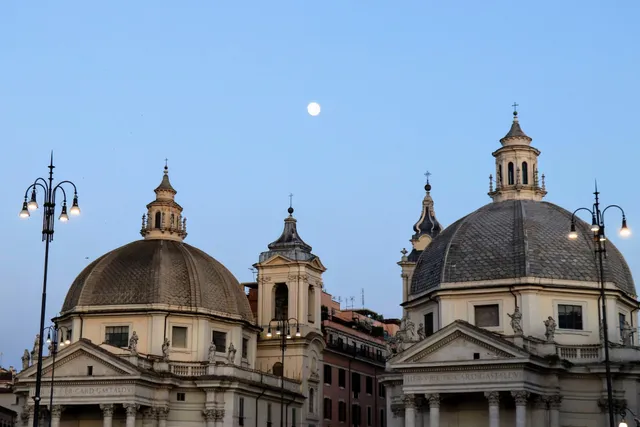
Chiesa Santa Maria dei Miracoli
4.6
(325)
Open 24 hours
Click for details
Things to do nearby
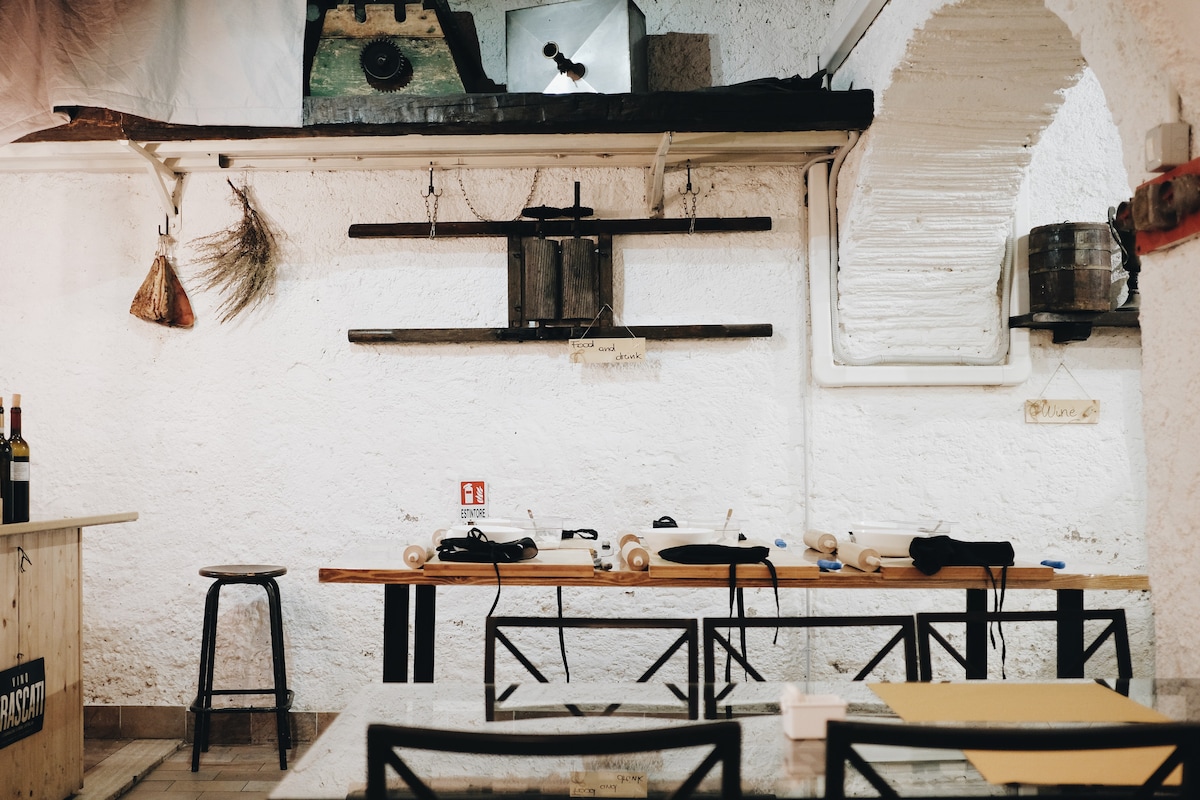
Pasta-making class, wine tasting and dinner
Sat, Dec 27 • 2:30 PM
00044, Frascati, Lazio, Italy
View details
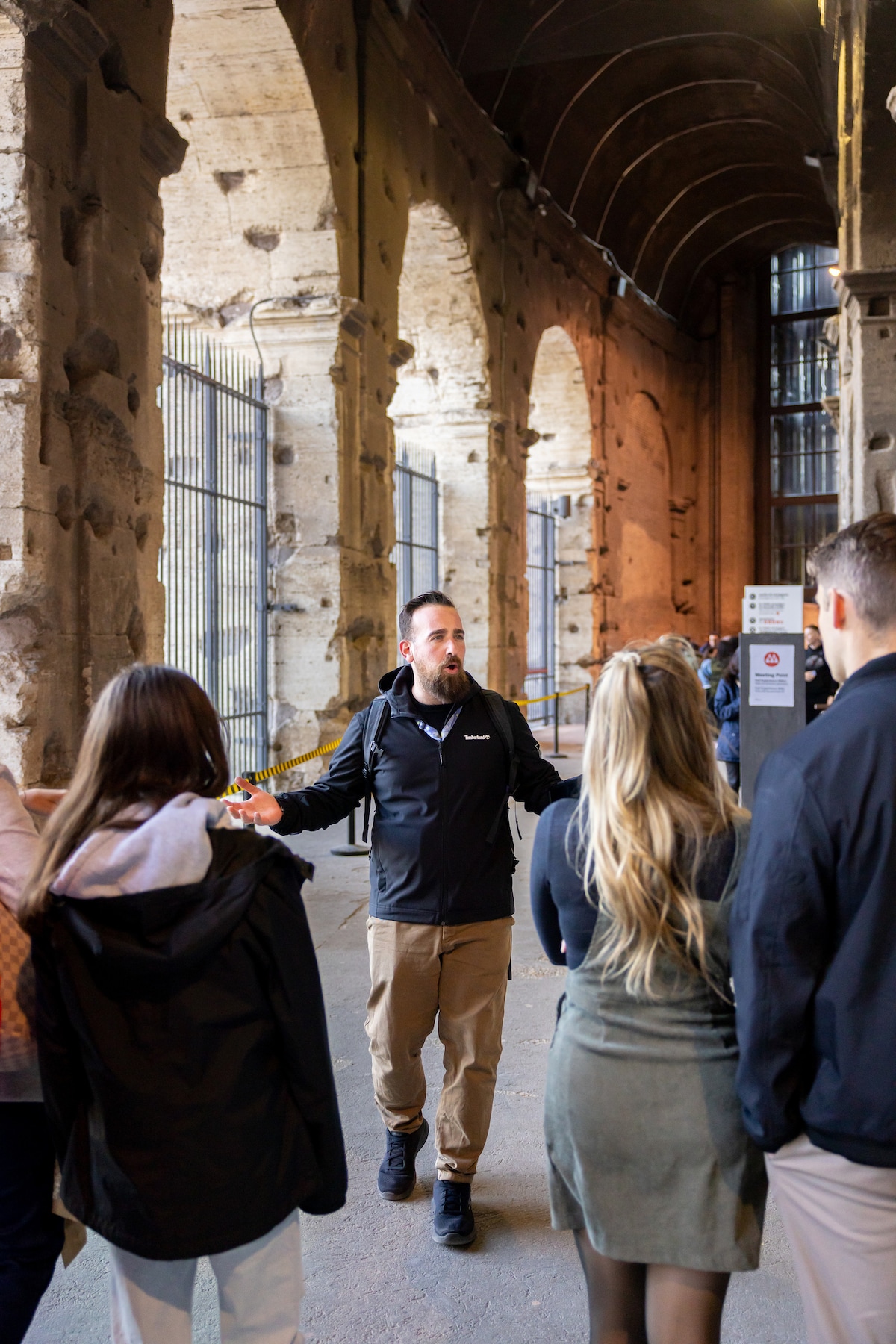
Colosseum of Wonders -Arena Floor Access
Tue, Dec 30 • 10:30 AM
00184, Rome, Lazio, Italy
View details
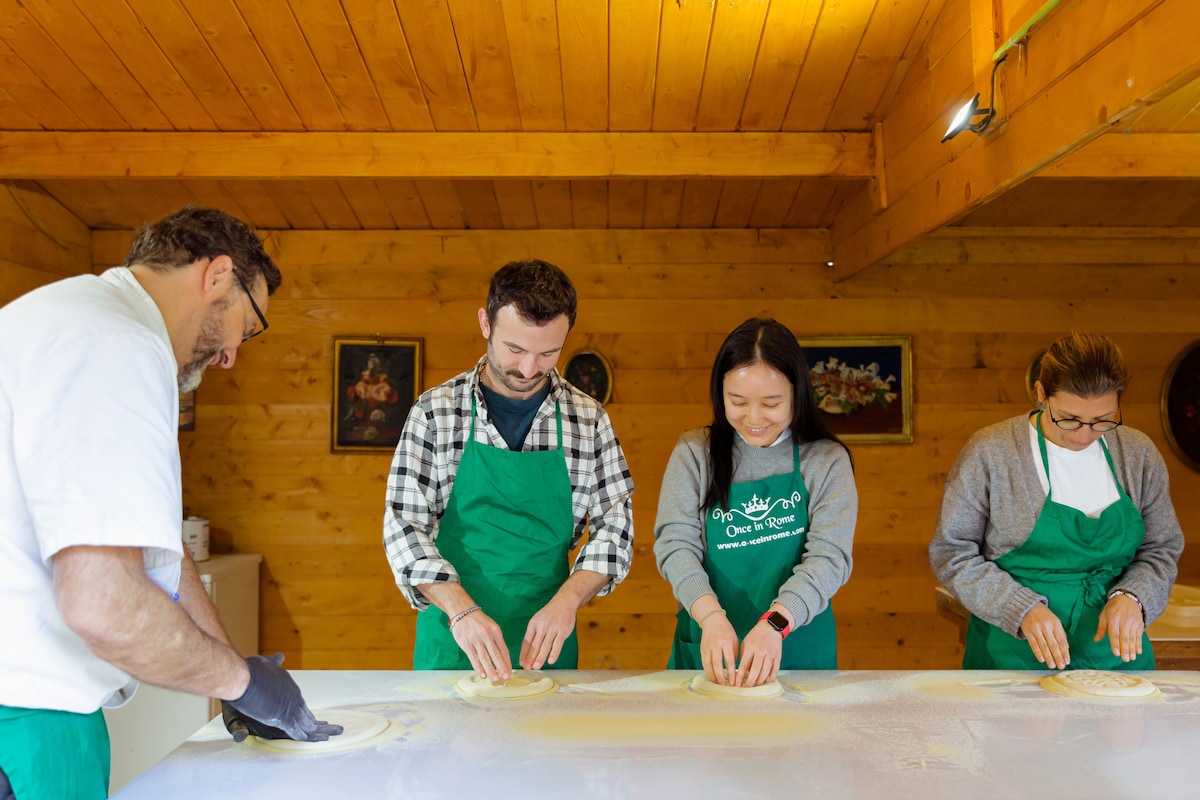
Pasta and Pizza cooking class with wine and more
Sat, Dec 27 • 5:45 PM
00142, Rome, Lazio, Italy
View details
Nearby restaurants of Piazza del Popolo
PizzaRé
Canova Piazza del Popolo
Rosati
Osteria del Tempo Perso Oca
Negresco Ristorante Pizzeria
Dal Pollarolo 1936
Dal Bolognese Roma
Brillo Restaurant
Pastasciutta
Il Margutta
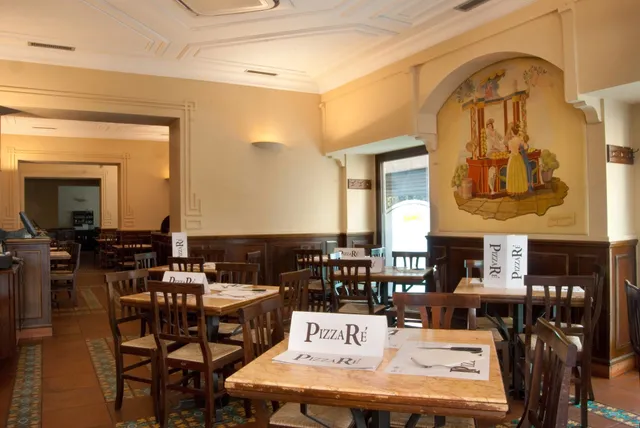
PizzaRé
4.3
(2.8K)
Click for details

Canova Piazza del Popolo
2.3
(821)
$$
Click for details
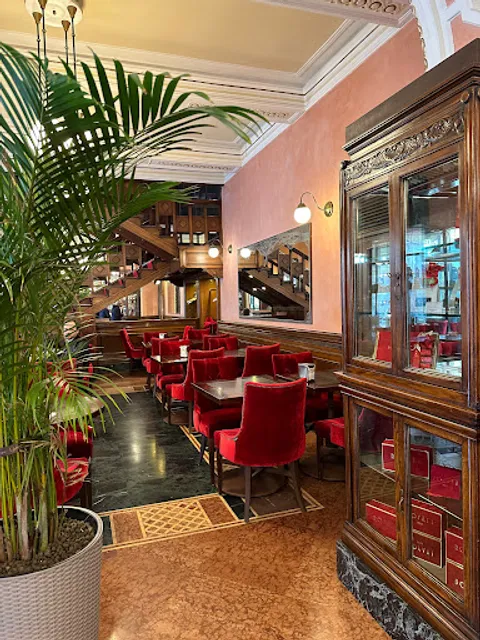
Rosati
2.1
(888)
$$$$
Click for details
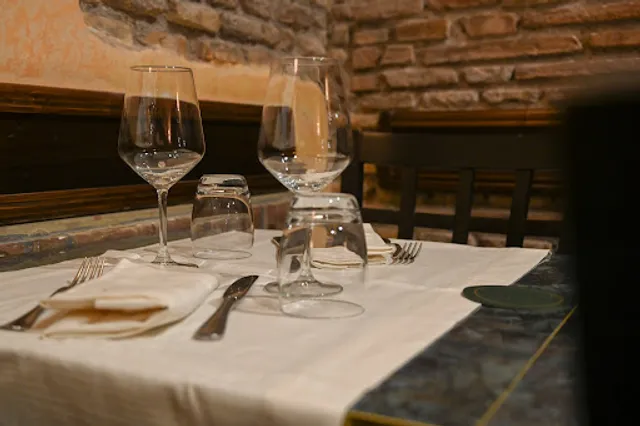
Osteria del Tempo Perso Oca
4.4
(1.1K)
Click for details
The hit list

Plan your trip with Wanderboat
Welcome to Wanderboat AI, your AI search for local Eats and Fun, designed to help you explore your city and the world with ease.
Powered by Wanderboat AI trip planner.
